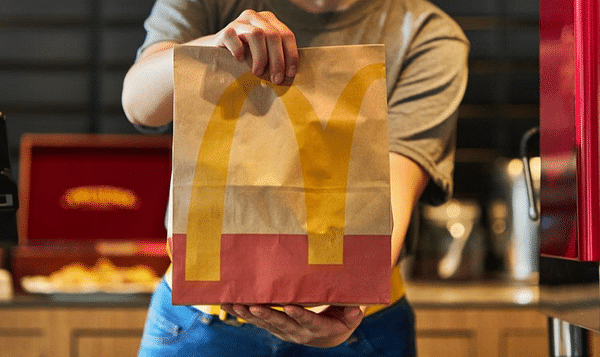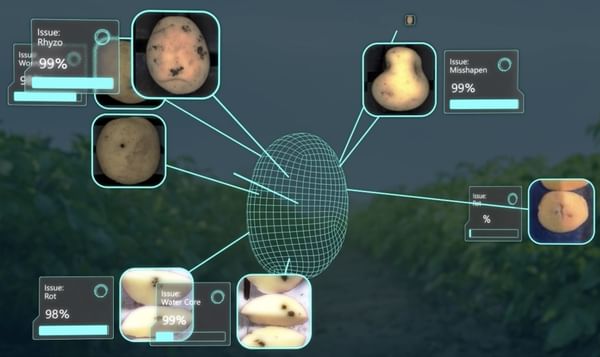The FAO Food Price Index averaged 179. 4 points in February 2015, down 1.8 points (1.0 percent) from its January value and 29 points (14.0 percent) below its level in February 2014. Prices of cereals, meat and, especially, sugar, dipped last month, while they remained steady in the case of oils and rebounded sharply in the case of dairy products. The index has been on a declining path since April 2014 and has now reached its lowest value since July 2010.
The FAO Cereal Price Indexaveraged 171.7 points in February, down 5.6 points (3.2 percent) from January. Prices of wheat, coarse grains and rice were all lower, but the decline was most pronounced for wheat, reflecting continued improvement in the 2015 wheat production prospects, amid already large world inventories. Prices of maize, which competes with lower quality wheat in feed rations, also declined. Rice prices were more stable, as marked increases in aromatic rice quotations partly compensated for falling prices in the other rice categories.
The FAO Vegetable Oil Price Index averaged 156.6 points in February, up slightly (0.4 percent) from January. The small gain was driven by palm oil, reflecting recent floods that impaired production in Malaysia and the prospect for a surge of consumption in Indonesia following a hike in domestic biodiesel subsidies. However, the rise in the index was limited by continuing declines in soy oil prices, on larger than anticipated export availabilities and prospects of bumper soybean harvests in South America.
The FAO Dairy Price Index averaged 181.8 points in February, up 8 points (4.6 percent) from its January value – representing its first gain since February last year. Whole milk powder registered the strongest increase, followed by skimmed milk powder and butter; cheese quotations remained unchanged. A drought-induced fall in milk output in New Zealand, combined with limited export supplies in Australia, is the principal cause for the sudden rise in world dairy prices. Additionally, milk production in the European Union as a whole is being curbed to avoid over-quota levies, as the April-March quota year draws to a close, also contributing to the renewed price strength.
The FAO Meat Price Index* averaged 187.4 points in February, down 2.8 points (1.4 percent) from its revised January value. The reduction was caused by lower bovine and ovine meat quotations , while poultry meat prices were unchanged and those of pigmeat recovered after eight straight months of decline. A falling exchange rate against the US dollar and ample supplies caused Australian export quotations for beef to fall and were anticipated to also depress Brazilian beef prices for February (published mid-March). Conversely, the announcement of the opening of EU-funded aid to private storage lifted European export prices for pigmeat.
The FAO Sugar Price Index averaged 207.1 points in February, down 10.6 points (4.9 percent) from January. The decline mainly reflected improved crop prospects in Brazil, the world’s largest producer and exporter of sugar, following recent rainfalls in the main producing region of the country. Also, the continued weakening of the Brazilian currency (Real) against the US dollar and the announcement by India that it will grant an export subsidy to boost sugar sales abroad have further contributed to the fall in international sugar quotations.
* Unlike for other commodity groups, most prices utilised in the calculation of the FAO Meat Price Index are not available when the FAO Food Price Index is computed and published; therefore, the value of the Meat Price Index for the most recent months is derived from a mixture of projected and observed prices. This can, at times, require significant revisions in the final value of the FAO Meat Price Index which could in turn influence the value of the FAO Food Price Index.
The FAO Food Price Index dips to its lowest level since July 2010

Like to receive news like this by email? Join and Subscribe!
Join Our Telegram Channel for regular updates!
Sponsored Content
Sponsored Content
Sponsored Content
Sponsored Content
Sponsored Content









